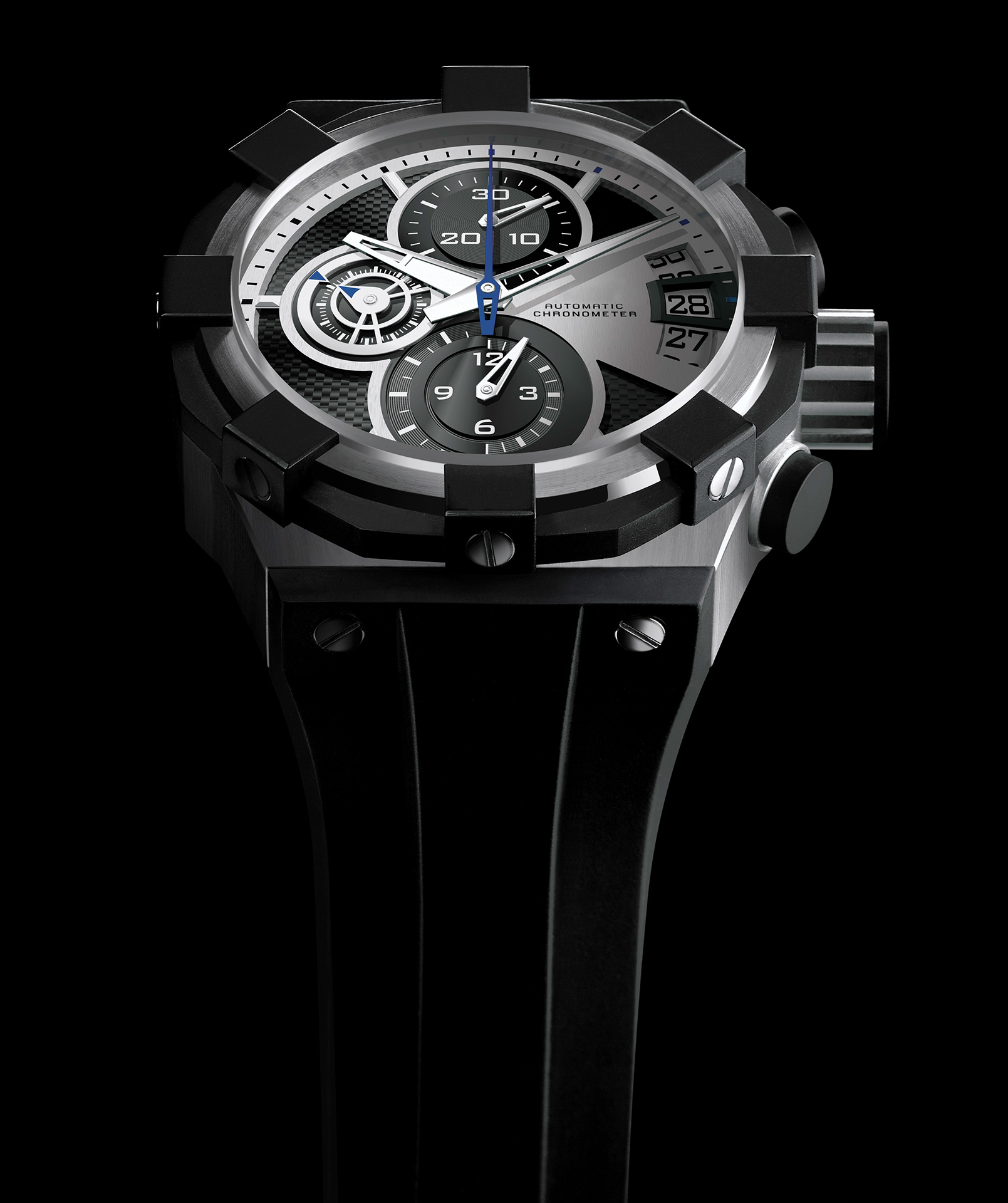
Throughout the first few decades of my career, I was told by countless instructors, FTOs and other old-timers that it was imperative for every cop to have some hobbies. We all need ways to unplug from the rigors of an often thankless job. I can’t speak for most of my cohorts, but a legitimate hobby eluded me for many years. I wanted little to do with anything that didn’t directly relate to putting on a uniform and catching bad guys. As time has passed and my gray hairs have multiplied, I’ve finally found it possible to take an interest in things that have nothing to do with a blue uniform. One such extra vocational interest is watch collecting.
Let me clarify, rather quickly, that I understand how stuffy and pretentious anything that involves the term “collecting” probably comes off as. You won’t find any names like Rolex on my nightstand. Even if I could afford something like that, it’s never been a name brand or some attempt at prestige that’s driven my desire to own a piece of wristwear. It’s something simpler.
Watches, to me, hark back to a simpler time. They’re largely going by the wayside. Everyone totes a cell phone these days, making watches largely unnecessary. That’s one of the reasons I like them. Wearing a watch feels a bit like a rebellion against the incredibly pragmatic, convenience-driven world that we live in. I also like them for the same reason so many cops spend their extra duty detail money to stock up their gun safes. Like guns, watches are usually mechanical in nature. They feature a wide range of technology. Because of that, each of them tells a story.
Everyone totes a cell phone these days, making watches largely unnecessary. That’s one of the reasons I like them.
If you aren’t bored to tears and turning to the next article by now, here are a few things that you need to know about watches.
Just like guns, you can spend as much (or as little) as you’d like on them. Toward the higher end, you’re likely paying for a name. But, generally speaking, you get what you pay for. There are many no-name watches that can be bought very cheaply but are likely to break pretty quickly. There are also, however, a lot of solid, established brands that sell watches in the $100 range. A Rotary is a pretty good example of this. There are also many other well-established brands (such as Bulova or Hamilton) that can be bought in the $400–$500 range. These brands have been around for a long time and generally make a pretty solid product. Finally, there are the luxury brands (such as Tudor or Omega) that can cost thousands of dollars.
The cool thing, to me, is the breadth of technology utilized in the different types of watches. Before batteries were readily available, watches had to be wound up by hand every morning. You can still buy watches like this (they’re generally referred to as mechanical watches). The pricier models didn’t require the user to wind them in the morning. The springs that made the watch hands move were wound internally by the motion of the watch as it was worn all day. The term for this type of watch is “automatic,” and the technology is still used today. Most of the higher-end watches are automatic. If you want to pay a lot of money, you can buy automatic watches that are built well enough to withstand some abuse and still be reliable. It’s taking old technology and doing it really well, much like buying a higher-end Kimber 1911.
All of the technologies I’ve mentioned are, of course, analog. That simply means it uses hands to show you what time it is, and the time is kept by gears inside the watch. When digital watches came along, it was a game changer. In the same way that internal strikers changed gun design, digital technology enabled watches that are cheaper, tougher and more accurate. If a higher-end automatic watch is like a Kimber 1911, a Casio G-Shock is like a Glock.
I’ve always liked gimmicky gadgets, so I’d be remiss to close without a brief discussion of “tool watches.” While I’ve yet to come across a proprietor of items like 007’s laser watch, you can find some cool items to carry on your wrist. Some watches come equipped with compasses. Others offer wristbands made entirely of high-strength parachute cord (in case you find yourself in a survival situation on the way back from the grocery store. My favorite has always been watches with built-in flashlights.
I’d be hard-pressed to win an argument about the necessity of watches. The bitter truth is that we really don’t need them anymore. Everyone who carries a cell phone has a plethora of clocks, timers and stopwatches available in their pocket. We definitely don’t need to spend money on an analog watch that costs more than a digital watch and has less features than a cell phone. We don’t need watches, but that’s why I like them. It’s a bit of rebellion against the tech-driven, always-connected world that we live in. Besides, it wouldn’t be a hobby if it were practical.
Cliff Couch
Former police chief
Twitter @CliftonDCouch
As seen in the April 2022 issue of American Police Beat magazine.
Don’t miss out on another issue today! Click below:





